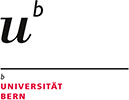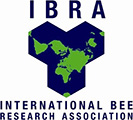|
Honeybee (Apis mellifera) females occur in two castes: workers and one reproductive queen. Caste is nutritionally regulated and only larvae exclusively fed on royal jelly (RJ) develop into queens. Decades of search for a queen ‘determinator’ in RJ found no specific compound, concluding that the discrete feeding regime throughout larval development controlled caste fate. Thus, Kamakura’s claim1 that the monomeric major royal jelly protein 1 (MRJP1, ‘royalactin’), induces queen differentiation was surprising in light of previous research1. Because mechanisms of caste determination are crucial to social insect research, we revisited the topic and show that this is incorrect by experimentally excluding not only monomeric MRJP1 but also any other major royal jelly protein (MRJP2, 3 and 5) as single key driver for queen caste determination. |
|
Buttstedt A, Ihling CH, Pietzsch M, Moritz RFA. (2016) Royalactin is not a royal making of a queen. Nature 537: E10-E12. DOI:10.1038/nature19349 |
| http://www.nature.com/nature/journal/v537/n7621/full/nature19349.html |









